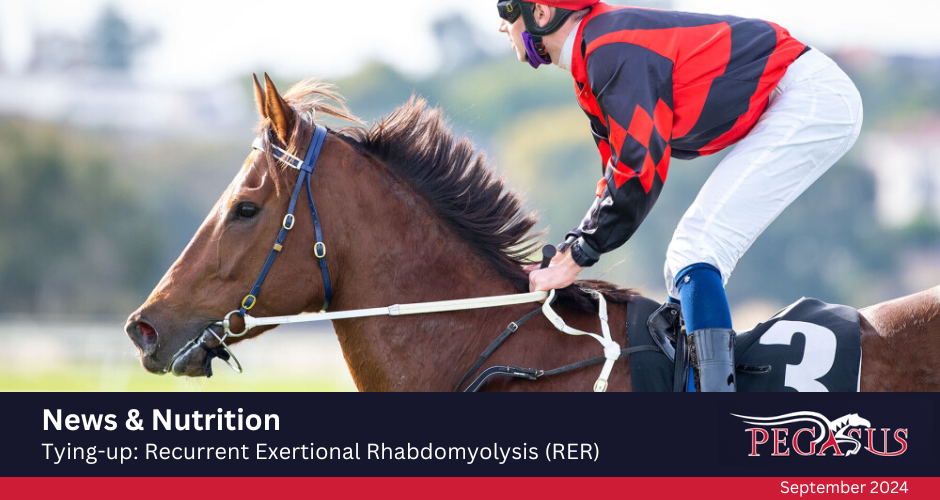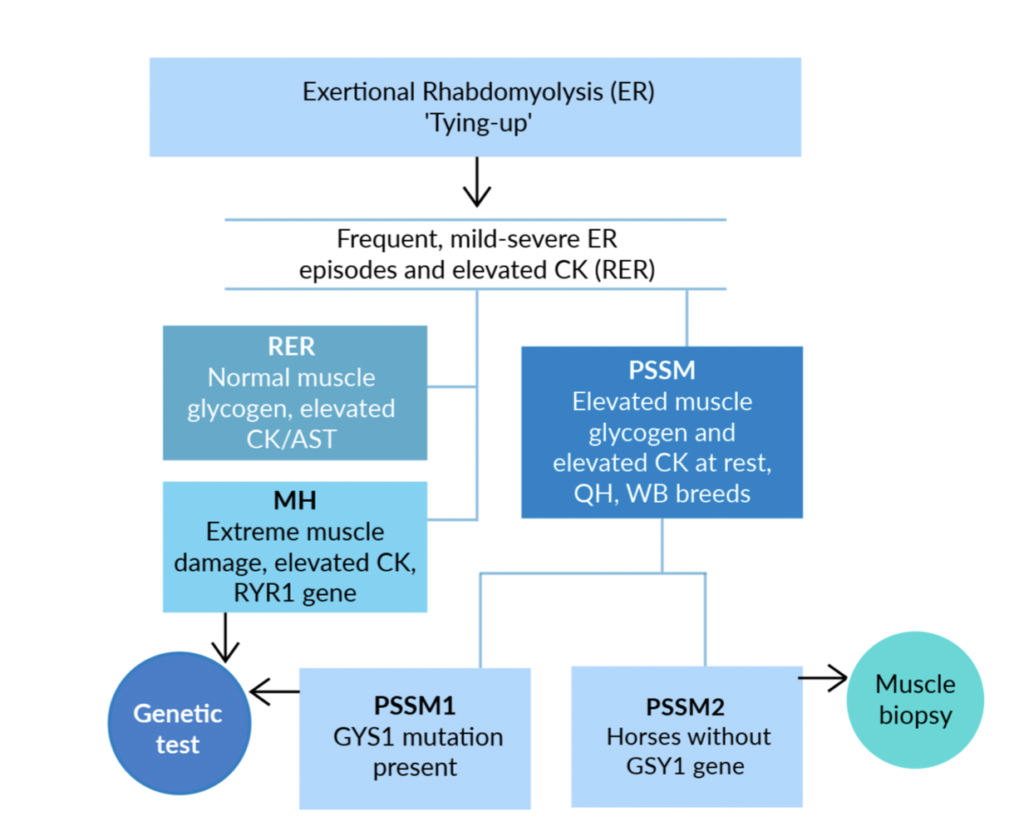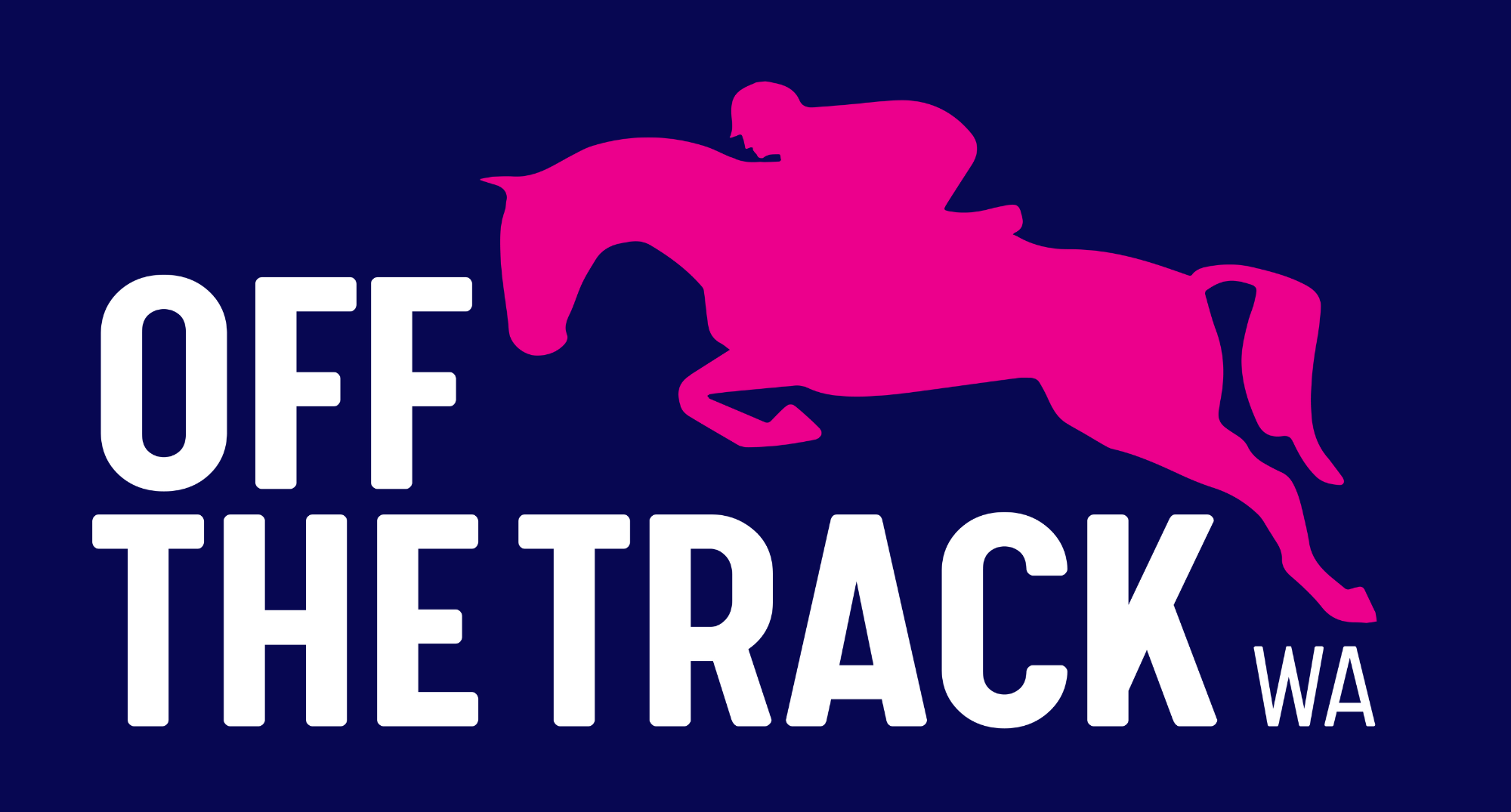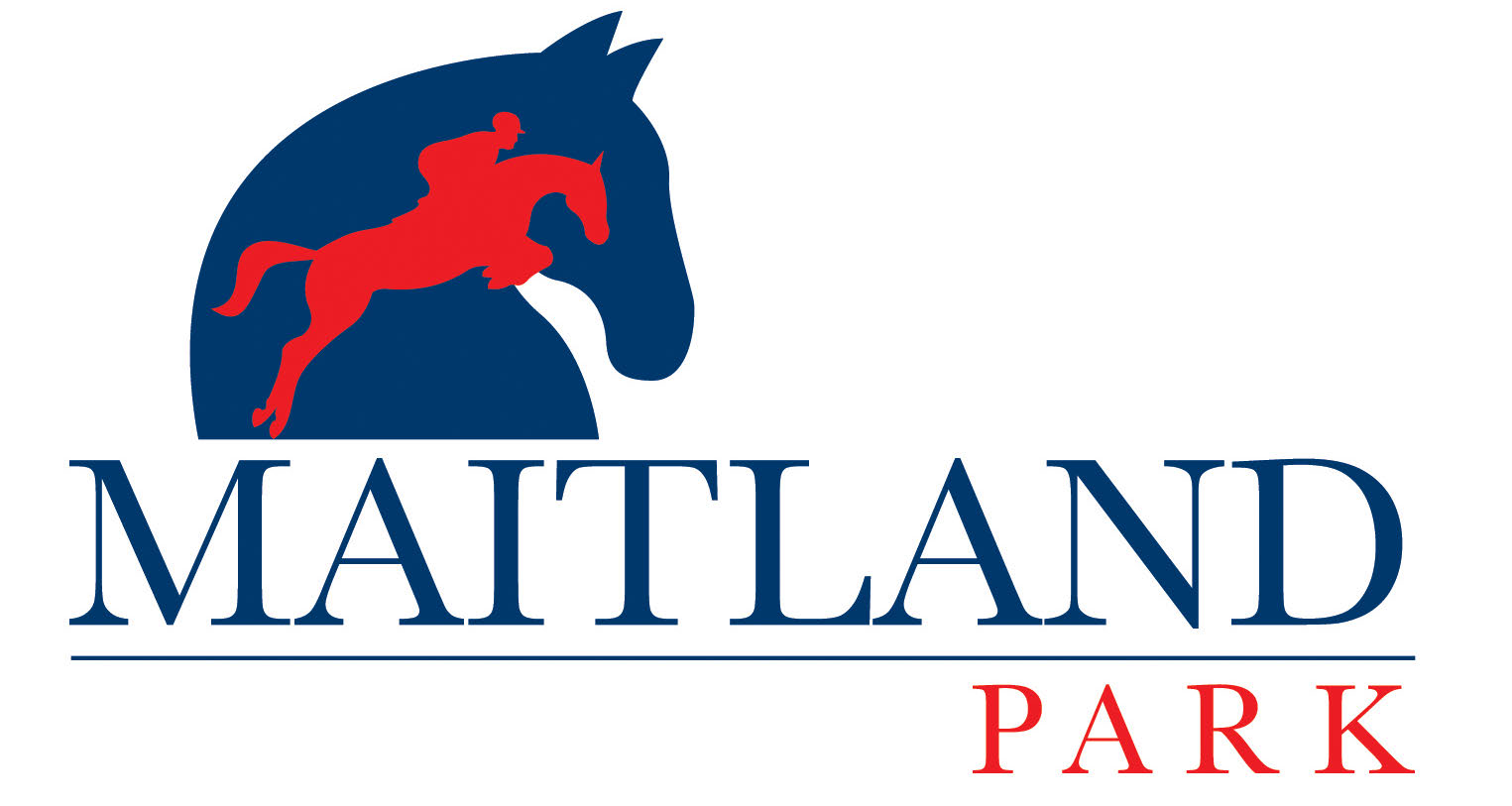
Pegasus News & Nutrition
Tying-up: Recurrent Exertional Rhabdomyolysis (RER)
One of the characteristics that make the horse a superior athlete is its large muscle mass. This is combined with the ability to produce and store muscle glycogen for energy, and the ability to maximise oxygen transport to the muscles. The equine musculoskeletal system provides the biomechanics that facilitate intense exertional output and great speed during locomotion. Therefore, correct muscle function is essential for performance. However, when things don’t go right, disorders of the musculoskeletal system can be a major cause of poor performance. Recurrent exertional rhabdomyolysis, commonly known as Tying-up, is one of these disorders. It is a multi-faceted disease, that can be associated with several muscle myopathies affecting horses.
Exertional rhabdomyolysis is characterised by muscle pain and stiffness (particularly in the hind quarters), a reluctance to move, sweating, increased respiratory rate and, sometimes, dark coloured urine. Blood work shows an elevated creatine kinase (CK). The sporadic nature of ER means that is may only occur once or twice during a horse’s lifetime. It is often caused by exercise above the level of fitness, excessive starch, and low forage in the diet, low vitamin E, exhaustion, and dehydration, particularly during hot, humid conditions. Recurrent Exertional Rhabdomyolysis (RER) presents with similar clinical signs, but with recuring bouts. Elevated CK may persist at rest.
RER occurs as a result of muscle contraction/relaxation abnormalities, thought to be related to abnormal calcium regulation within the muscle cells. This induces exaggerated and prolonged contraction and muscle cramping. Excitability and stress appear to be causal factors. Mares, fillies, and athletic breeds such as thoroughbreds are more susceptible. RER often occurs in horses with PSSM (polysaccharide storage myopathy), although clinical signs are often milder and causal factors are related to abnormal muscle glycogen storage.

Management of RER focuses on reducing environmental, training, and dietary factors like re-balancing the diet to reduce NSC content, ensuring antioxidant intake, such as vitamin E, and ensuring adequate electrolytes. A reduction in stress factors, and paddock turnout are also important management tools. Low starch, high-fat diets are associated with a reduced post-exercise CK level in RER horses, also reducing excitability. High grain meals are best avoided, whilst oil or fat-based feeds can be used as an alternative energy source.
Feeding RER horses with a low starch performance feed such as Pegasus Liberty, combined with 1.5-2% bodyweight in good quality, low NSC hay, such as grass hay, is ideal. High performance horses can be fed Pegasus Sweetmax or Pegasus Equibalance. For horses that need additional calories or weight gain, the inclusion of EquiJewel is recommended. The use of a bio-available vitamin E source, such as Nano E, can be useful when vitamin E is deficient in the diet.
For information on feeding horses with PSSM, visit the Pegasus Feeds feeding guideline page.













